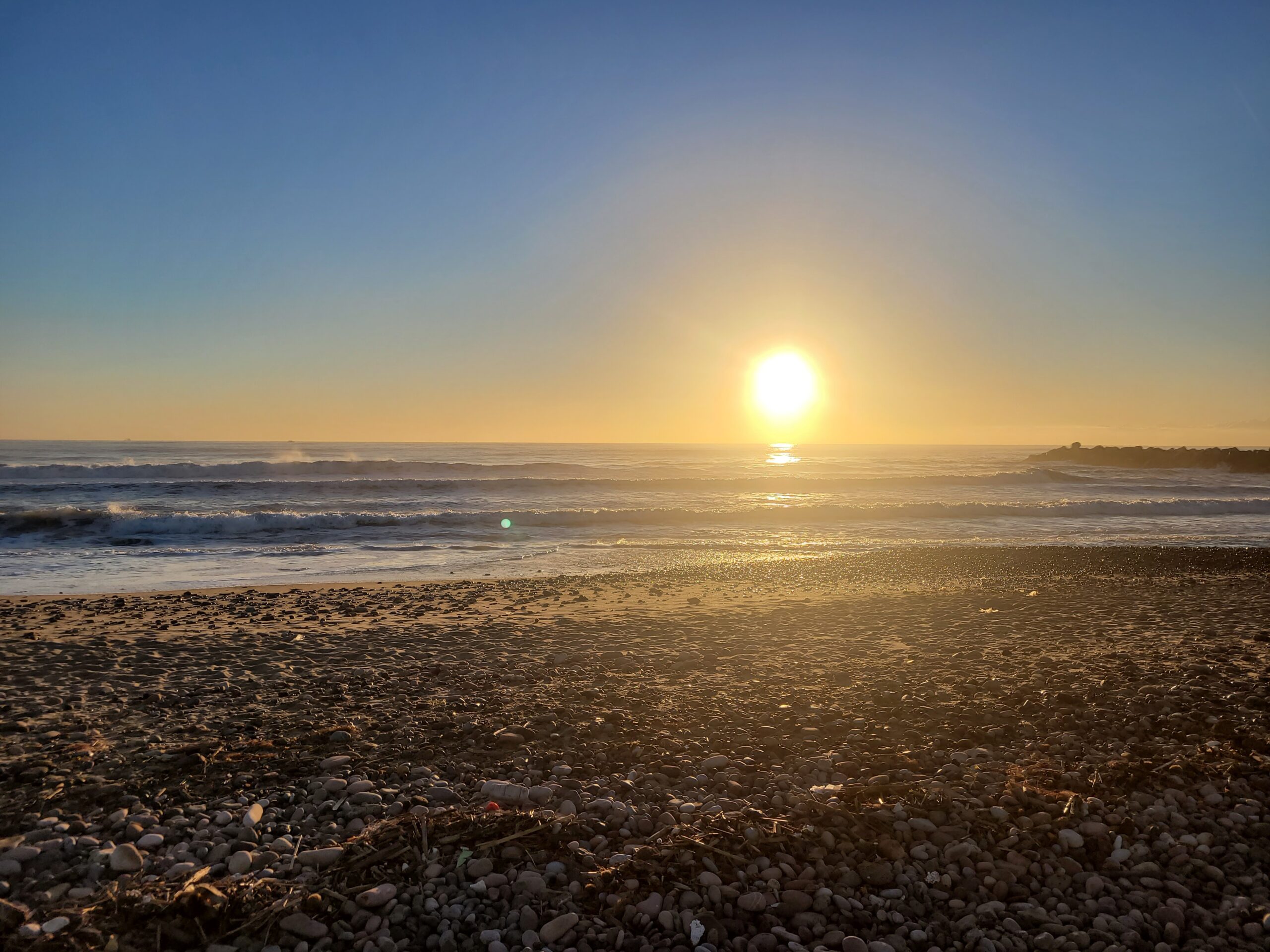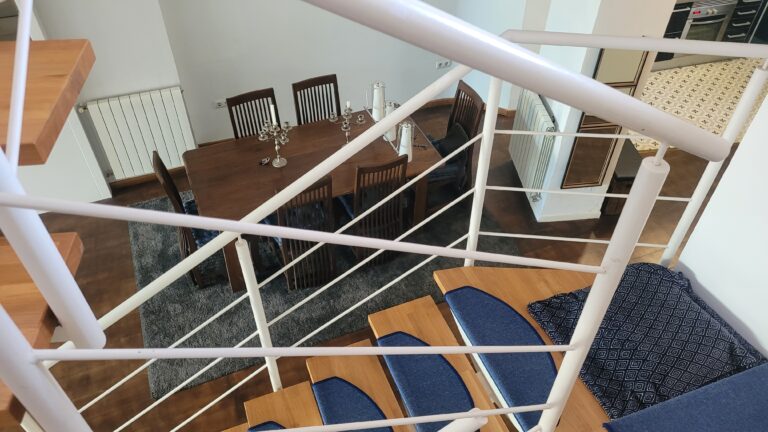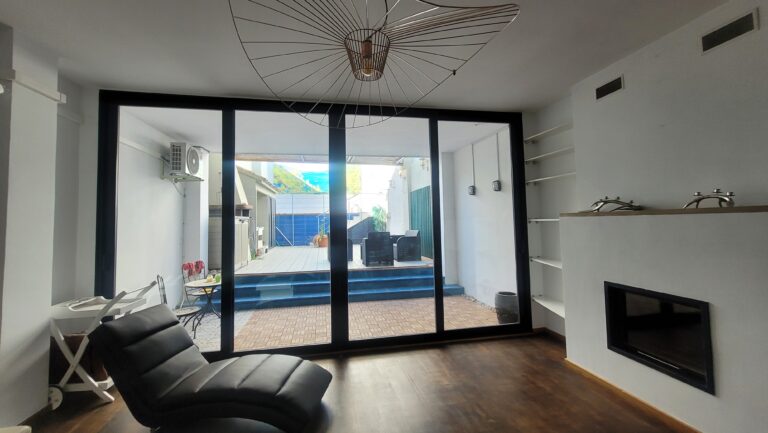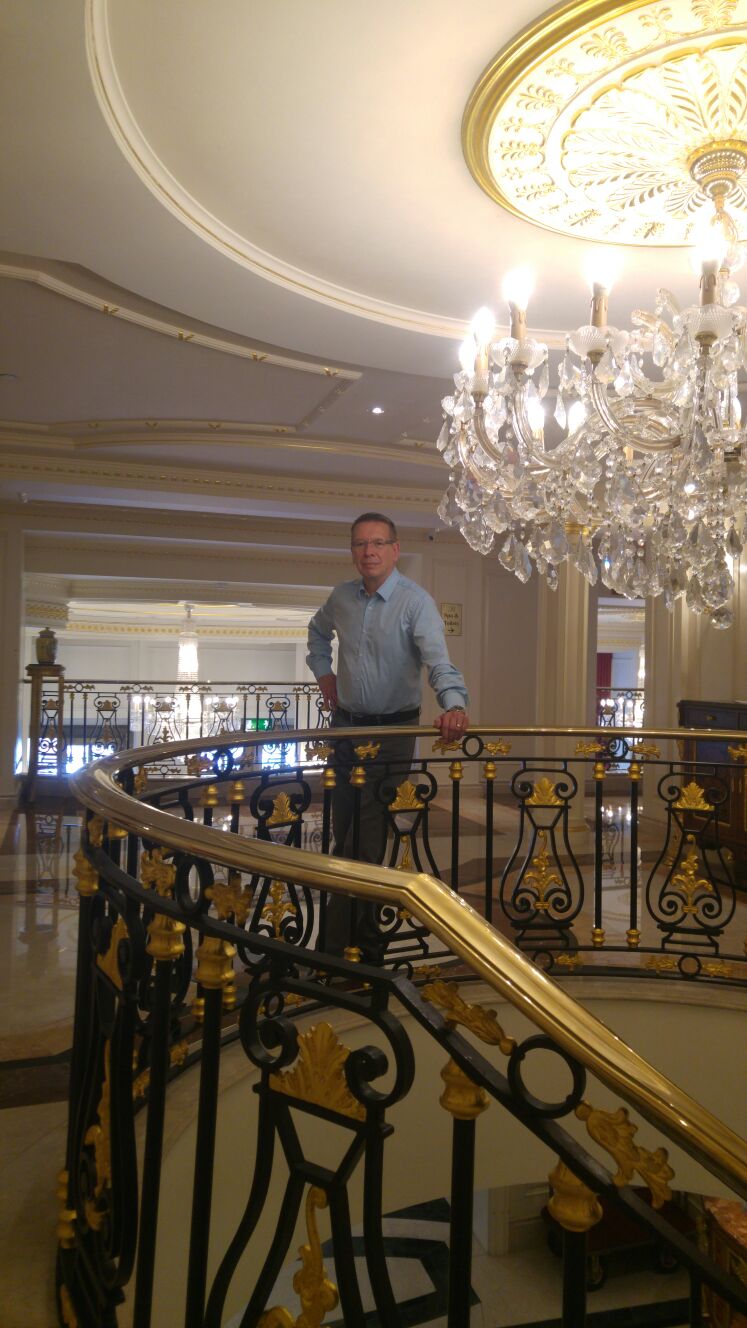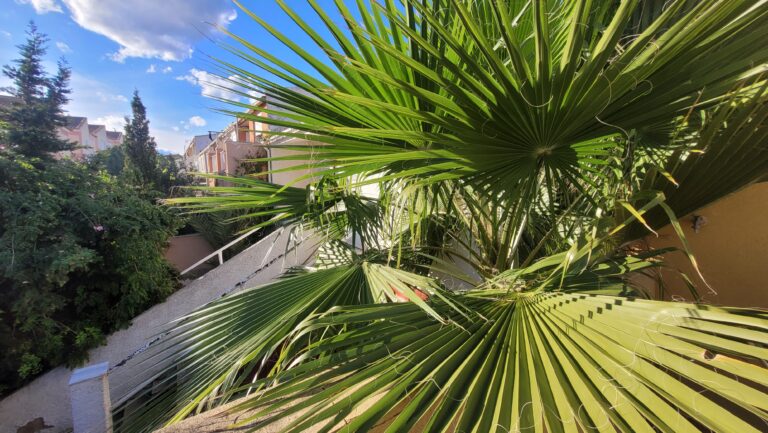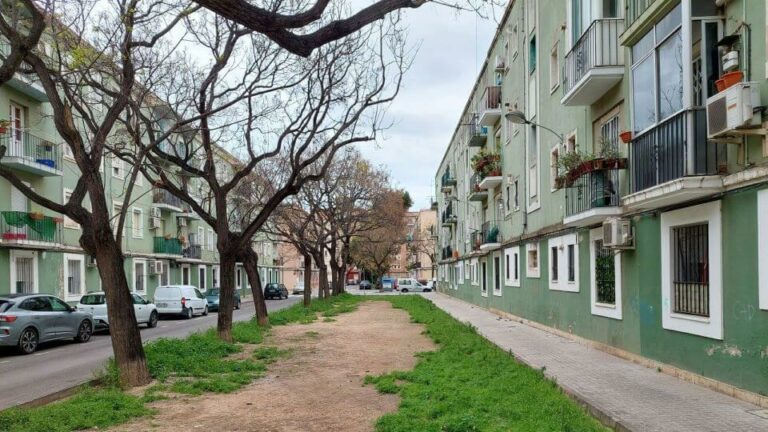Aurinkoenergia
Espanja on yksi ensimmäisistä maista, joka on ottanut käyttöönsä laajan aurinkosähkön ja yksi onnekkaista Euroopan maista, jossa on eniten auringonpaistetta. Aurinkosähkö on jo nyt uusiutuvista energialähteistä halvin ja siitä voi tulla tärkein energialähde. Espanja on maa, jolla on suurin aurinkovoimavara koko Euroopassa ja valtavat tuulivoimavarat. Kaikki tämä lisää talouden kilpailukykyä ja parantaa kotimaan talouksia. Tavoitteena on olla täysin omavarainen energiantuotannon suhteen vuoteen 2030 mennessä. Kilpailun aurinkoenergiasta voittaa se, joka on vähiten riippuvainen ulkomaailmasta. Kysyntä on noussut pilviin. ”On tärkeää kannustaa tuotantoa maissa, joissa on teollisuutta, ja Espanjalla on kaikki edellytykset olla yksi niistä”, sanoo Francisco Heredia, itävaltalaisen Froniuksen liiketoiminnan kehitysjohtaja Espanjassa ja Portugalissa.
Edullinen sähkö Espanjassa
Sähkön hinnan lasku on helpotus yrityksille ja kotitalouksille, ja sillä on vahva inflaatiota hidastava vaikutus. Vielä enemmän kun sähköautojen, lämpöpumppujen ja muiden sähköistettyjen ratkaisujen odotetaan siirtyvän pois fossiilisista polttoaineista. “Energian kustannusten alentaminen uusiutuvien energialähteiden ansiosta on kilpailukyvyn avainasemassa”, Espanjan hallitus totesi Euroopan komissiolle lähetetyssä asiakirjassa. Muutos on näkynyt tulevaisuuden sähkömarkkinoilla ja sen myötä yhä paremmissa investointinäkymissä, koska Espanjan energian hintaennusteet ovat paremmat kuin muilla mailla Euroopan markkinoilla. Sähkön hinnan merkittävä lasku johtaa BKT:n kasvuun ja on myös työllisyyden kannalta tärkeä. Suunnitelman mukaan työpaikkoja syntyy 430 000–522 000, mikä on 50 % enemmän kuin aiemmin odotettiin. Työttömyys on laskusuunnassa. Vuonna 2013 työttömiä oli hurjat 27%, 2019 luku oli 14% ja tämän vuoden puolivälissä työttömyys on noussut 13,26%. Alkuvuodesta se oli vielä noin 12,87%, joten toivottavasti työttömyysluvut vielä kehittyvät parempaan suuntaan vuoden aikana, kuten on ennustettu. Sähkön hinta Espanjan tukkumarkkinoilla putoaa alle 30 euron megawattitunnilta vuonna 2030, mikä on 70 prosentin pudotus verrattuna tämän vuoden tähän mennessä keskimäärin 90 euroon.
Väriaineherkistetyt solut keräävät valoa pimeässä
Aurinkoenergiateknologia kehittyy ja rikkoo uusia rajoja. Saksalaisen tiedemiehen Michael Grätzelin väriaineella herkistetyt solut palkittiin viime helmikuussa BBVA-säätiön Frontiers of Knowledge Award-palkinnolla auringonvalon energiaksi muuntavien nanorakenteiden käyttämisestä. Väriaineherkistetyt solut ovat erittäin tehokkaita, koska ne voivat kerätä valoa pimeässä ympäristössä. Erinomainen tulos, jos se toimii myös Suomen oloissa. Tuulivoimaan olen ollut hieman skeptinen, sillä talvikaudella, kun energian tarve kasvaa, niin tuulee vähemmän. Aurinko ja tuuli eivät ole vakaita energianlähteitä, mutta kumpaakin riittää Espanjassa. Tulevaisuudessa auringon energialla tuotetaan esimerkiksi vetyä, joka asteittain ottaa johtoaseman fossiilisista polttoaineista. Tulemme näkemään yhä enemmän koteja, jotka tuottavat omaa energiaa sähköverkosta riippumatta.
Exeger ja Powerfoyle
Aurinkovoimalla toimivat tuotteet ovat seuraava askel ympäristövastuussa sekä brändeille että kuluttajille. Powerfoyle- aurinkokennoilla on ainutlaatuinen kyky muuntaa mikä tahansa sisä- ja ulkovalo puhtaaksi energiaksi. Exeger valmistaa aurinkokennoja, jotka tuovat uusia mahdollisuuksia valovoimatuotteille. Ruotsalainen Exeger-yhtiö markkinoi mm. pyöräilykypäriä, jotka keräävät valoa koko ajan, joten jos käytät sähköpyörää, niin ei tarvitse pelätä, että sähkö loppuu kesken. Toimiiko tämä myös tulevaisuudessa sähköautoihin? Elämä helpottuu, kun ei enään akun vaihtoa tai latauskaapeleiden etsimistä. Laitteet ovat jatkossa huoltovapaita, latautuvat jatkuvasti ympäröivän valon avulla.
Superherkät paneelit absorboivat suuren määrän valoa myös sadepäivinä
Teollisuusinsinööri Omar Suárezin elämä muuttui, kun hän 12-vuotiaana löysi isänsä pöydältä kirjan La Casa Solar. Tämä teos, joka käsitteli ajatusta asua omavaraisessa talossa auringonvalon avulla, on ohjannut hänen koko elämänsä unelmaa, saada talot toimimaan vain tämän tyyppisellä energialla ja tuottamaan nollapäästöjä.
Aurinkotalo, La Casa Solar
Teos on aurinkotalon suunnittelu-, rakennus- ja huolto-opas.Tämä kirja esittelee täydellisen tutkimuksen aurinkotalosta, jossa on nykyaikaisimmat aurinkoenergian tuotantojärjestelmät (lämpö ja aurinkosähkö) ja sen sovellukset lämmitykseen, sähköntuotantoon, ilmastointiin, kuumaan käyttöveteen, uima-altaan veden lämmitykseen jne. Lisäksi teos pohtii muita laitteita (lämpöpumput, maalämpöpumput, polttokennot) ja niiden sovelluksia koteihin ja rakennuksiin. La Casa Solar- teos on erittäin hyödyllinen alan ammattilaisille, kuten suunnittelijoille, insinööreille, asentajille, aurinkoenergialaitteiden ja -asennuksien valmistajille ja jakelijoille, rakentajille, arkkitehdeille, sähköyhtiöille, ilmastointi-, lämmitys-, ilmastointi- jne.
Omar, joka oli tottunut näkemään sadetta lähes päivittäin Asturiassa, pohjoisrannikolla, halusi suunnitella omavaraisen talon, joka pystyy kattamaan kaikki hänen energiatarpeensa lämmitykseen, ilmastointiin, kuumaan veteen ja valaistukseen käyttämällä hyvin vähän valoa, jopa pilvisimpinä päivinä. Useimmat aurinkotalot käyttävät aurinkosähköpaneeleja tai lämpöpaneeleja, jotka eivät kuumene tarpeeksi ja ottavat energiaa sähköverkosta. Omarin suunnitellussa talossa avain on superherkissä paneeleissa, jotka peittävät rakennuksen julkisivun ja voivat absorboida suuren määrän valoa päivinä, jolloin säteilyä on hyvin vähän. Tämä teknologia toimii kuin akku ja latautuu vain pilvien lähettämällä valolla. Lisäksi lattialämmitys käyttäytyy myös aurinkopaneelien tavoin ja mahdollistaa talon lämpötilan muuttamisen vedellä täytettyjen putkien avulla, joita voidaan ohjata digitaalisesti mobiililaitteella. Huono asia tässä on se, että suurimmalla osalla väestöstä ei ole riittäviä taloudellisia resursseja tämän tekniikan hankkimiseen. Ihmiskunnan suurin haaste on oppia elämään täällä maan päällä tasapainossa ympäristön kanssa, eikä se tietenkään ole mahdollista fossiilisten polttoaineiden avulla. Kaikki puhuvat vuonna 2030 tai 2050 tapahtuvista edistysaskeleista, joiden toteutumista odotamme.
Kaiken takana on nainen
Yllättävän monen keksinnön takaa löytyy nainen, joista tässä muutama. Maailman ensimmäisen aurinkorakennuksen rakensi vuonna 1948 tiedenainen Maria Telkes(Budapest, 1900) tunnetun arkkitehdin Eleanor Raymondin (Cambridge, 1887) kanssa Doverin kaupunkiin Massachusettsissa. Toisen maailmansodan jälkeisen suuren laman jälkeen maan kokema niukkuus sai heidät etsimään ratkaisuja niille ihmisille, joilla ei ollut varaa kotinsa lämmittämiseen. Maria ja Eleanor suunnittelivat kahden makuuhuoneen kiinteistön, jonka ikkunat piilottavat taakseen lasit ja metalliset aurinkopaneelit. Vuonna 1953 he kehittivät aurinkouunin. Aurinkouuni on yksinkertainen auringon säteilyllä ruokaa lämmittävä uuni, jollaisia on alettu käyttää kehitysmaissa polttopuun säästämiseksi.
Aurinkokuningatar, Maria Telkes
Mária Telkes (1900 – 1995) oli unkarilais-amerikkalainen biofyysikko ja keksijä, joka työskenteli aurinkoenergian parissa. Hän muutti Yhdysvaltoihin vuonna 1925 työskentelemään biofyysikona. Toisen maailmansodan aikana hän kehitti aurinkotislauslaitteen, joka otettiin käyttöön sodan lopussa. Telkesiä, jota kollegat usein kutsuivat Aurinkokuningatareksi, pidetään yhtenä aurinkolämpövarastointijärjestelmien perustajista. Hän sai National Academy of Sciences elämäntyöpalkinnon vuonna 1977. Telkes rekisteröi yli 20 patenttia.
Wi-Fin äiti, Hedy Lamarr
Hedy Lamarr (1914-2000) oli itävaltalaissyntyinen näyttelijä. Häntä on kutsuttu Elokuvien kauneimmaksi naiseksi. Toisen maailmansodan aikana Lamarr kehitti säveltäjän George Antheilin kanssa taajuushyppelyyn perustuvan hajaspektritekniikan, jollaista teknologiaa käytetään nykyisin mm. matkapuhelin-ja wifiverkoissa. He kehittivät poikkeuksellisen uuden viestintäjärjestelmän, jota käytettiin ohjaamaan torpedot kohteisiinsa. Järjestelmä sisälsi “taajuushyppelyn” käytön radioaaltojen joukossa, jolloin sekä lähetin että vastaanotin hyppivät uusille taajuuksille yhdessä. Tämä esti radioaaltojen sieppaamisen, mikä antoi torpedolle mahdollisuuden löytää aiotun kohteensa. Kuolemansa jälkeen Hedy Lamarr valittiin National Inventors Hall of Fameen taajuushyppelyteknologiansa kehittämisestä vuonna 2014. Tämän saavutuksen vuoksi Lamarria kutsutaan “Wi-Fin äidiksi” ja muun langattoman viestinnän, kuten GPS:n ja Bluetoothin.
Keskitetty aurinkolämpöenergia tunnettiin jo antiikin ajoista
Vanhin järjestelmä on aurinkoparaboli, aurinkolinssi. Aurinkolinssiä käytettiin muinaisten olympialaisten tulien sytyttämiseen. Arkhimedeksen kerrotaan sytyttäneen Syrakusan Rooman armeijan aluksia auringonvaloa keskittävillä linsseillä. Laite, jota kutsuttiin ”Arkhimedeen palaviksi peileiksi”, suunniteltiin siten, että sen tarkoituksena oli keskittää auringonvalo lähestyviin aluksiin ja saada ne syttymään tuleen. On väitetty, että suurta joukkoa kiillotettuja pronssi- tai kuparikilpiä käytettiin peileinä auringonvalon keskittämiseksi alukseen. Sama heijastuksen periaate kuin aurinkouunissa. Kreikkalainen tiedemies Ioannis Sakkas teki vuonna 1973 kokeen Arkhimedeen palavien peilien testaamiseksi. Koe tehtiin laivastotukikohdassa Ateenan ulkopuolella. Käytettiin 70 peiliä, joista jokainen oli kuparipinnoitettu ja kooltaan noin 1,5 metriä. Peilit suunnattiin noin 50 metrin etäisyydellä olevaan roomalaisen sotalaivan jäljennökseen. Kun peilit kohdistivat auringon säteet tarkasti, alus syttyi tuleen muutamassa sekunnissa.

